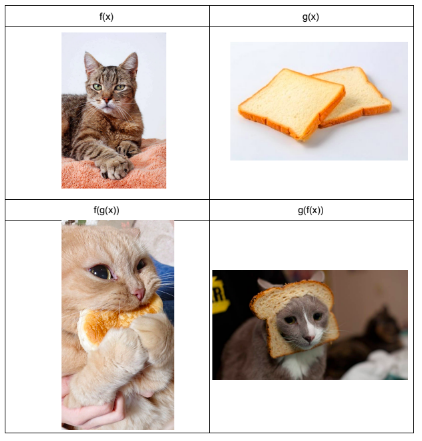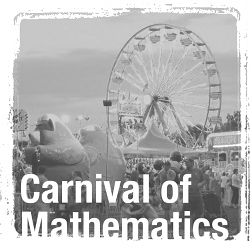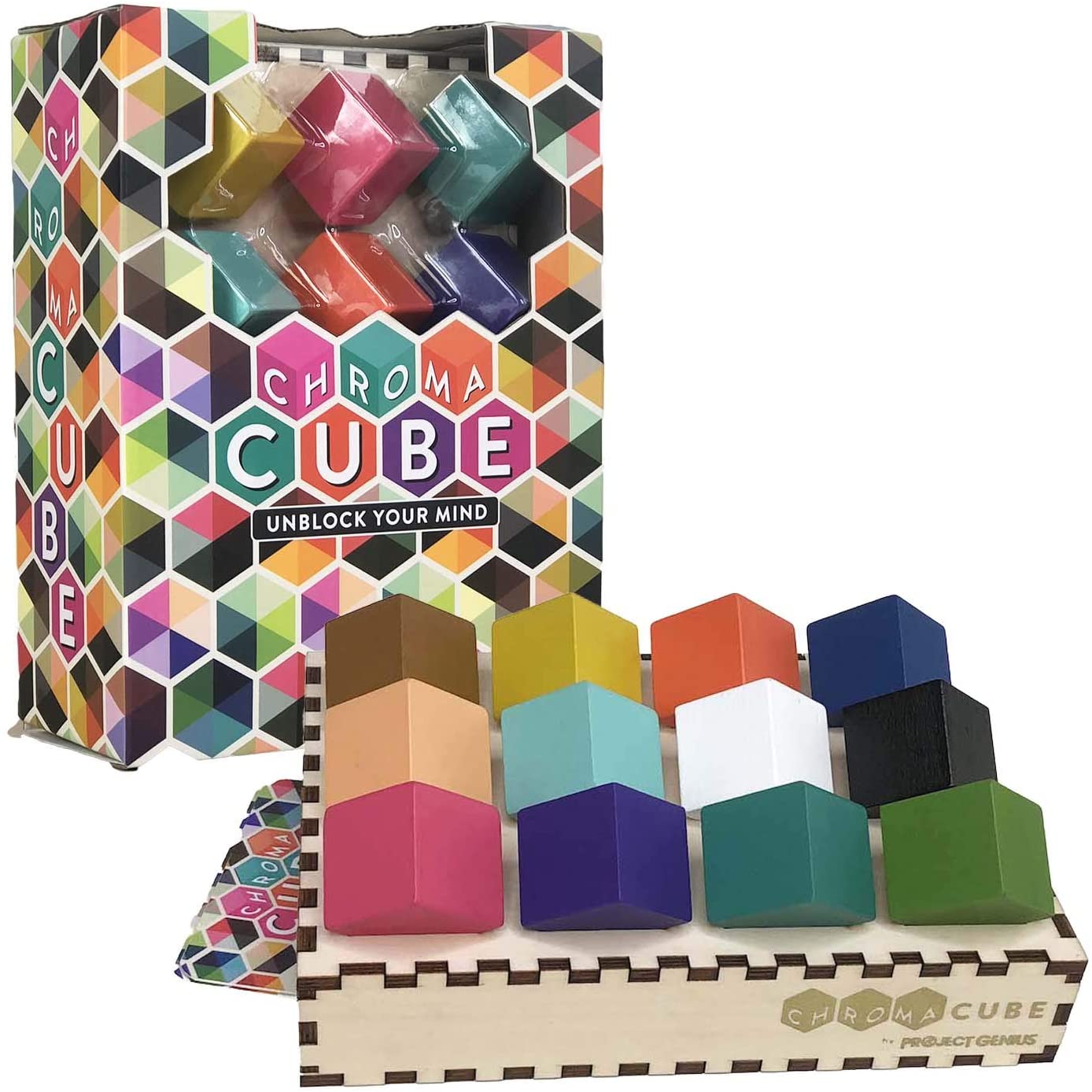Welcome to the 200th Carnival of Mathematics! Since it’s a special occasion, we’re hosting it right here at the Aperiodical, and presenting a round-up of some of our favourite blog posts, videos and content from the internet in the month of November 2021.
The Carnival is hosted by a different blog each month, and brings together submissions from readers and the hosts’ own favourites. To find out more about the Carnival, or offer to host a future edition, visit our Carnival of Maths page.
Interesting Facts about 200
To begin: the traditional nod to the numerical properties of our Carnival’s number. According to the home of fun number facts Number Gossip, 200 is not only not a prime number, but it’s really really not a prime number:
- The decade of numbers following it, from 200 – 209, is the first one you come to that doesn’t contain any prime numbers.
- Not only that, but 200 is the smallest ‘unprimeable’ number, which is to say it can’t be made into a prime by changing any one of its digits to any other digit.
Boringly, Wikipedia merely points out that 200 is an abundant number (the sum of its proper divisors is greater than itself) and a Harshad number in base 10 (it’s divisible by the sum of its digits).

Outside of mathematics, 200 is an HTTP status code indicating ‘OK’, and the amount of money you get in a game of Monopoly when passing GO. OK, so let’s go (on with the carnival)!
Posts from November 2021
Mathematician and past Carnival host Tom Crawford recently hosted a live maths variety show as part of Oxford International Festival, and the recording has been made available to watch back. Featuring maths, magic, music and a variety of guests, including friends of the site!
Maths teacher Trever Reeh shares an activity he’s done with his Year 3 class on composition of functions – invent two functions f and g, and illustrate what f(g(x)) and g(f(x)) might mean, and showing off his favourite responses in the thread, along with the link to a question sheet, rubric and his own examples. Legend!

Want to learn a new card trick? Ganit Charcha, who regularly host the Carnival for December, have made a YouTube video showing a trick with 14 cards. They say:
This trick involves 14 cards, but can be done with 10, 12, 16 and even with larger numbers of cards up to 26 with appropriate modifications.
This incredible interactive blog post by Bartosz Ciechanowski gives a lovely introduction to how curves and surfaces can be described mathematically. The latest in a series of such posts, it’s visually stunning and has wonderful explanations. You can support Bartosz on Patreon and get access to some behind-the-scenes commentary on his interactives.
Carnival of Maths regular John D Cook has a new blog post about Marden’s Theorem – a beautiful combination of calculus, algebra, and geometry that is not widely known. If the solutions to a complex polynomial function form a triangle in the complex plane, the roots of the first derivative of the function will lie at the foci of an ellipse inscribed in that triangle! 😲
Sophia at Fractal Kitty has posted two more in a lovely series of Math Bird illustrations this month, including an Evening Grosbeak and my favourite the American White Pelican-tor, featuring a Middle Third Cantor SunSet and a Cantor Dust fly-by.

In case you missed it, the latest episode of Chalkdust Magazine was released on 22nd November, and includes Venn diagrams, retrograde chess, and behind-the-scenes Christmas lectures, as well as their usual puzzles, columns and mathematical humour. You can read it online, or order printed copies for the cost of postage only.

The wonderful Freakonomics team, alongside many other podcasts and shows, has a podcast called ‘People I (Mostly) Admire’ which has put out a new episode featuring an interview with Sarah Hart, who literally taught me algebra when I was at uni and is super cool. Sarah says:
We talked about the mathematics of music, as well as the challenges of improving the gender balance in maths, my journey as a female mathematician, becoming the first woman Gresham Professor of Geometry in its 420-odd year history, and we even have a stab at explaining what my abstract algebra research is all about.
MoMath (the Museum of Mathematics in New York) has put together a holiday gift guide for the mathematicians in your life of products from their online shop, which includes some excellent jewellery, fun games to play with your family and a large selection of fiendish puzzles. (If you’ve left it too late to order from the UK, don’t forget the Maths Gear shop, where the last posting date isn’t until 20th December!)
Speaking of puzzles and museums, Gathering 4 Gardner has shared this fascinating video about how Roxanne and George Miller built the world’s largest puzzle museum, filling it with tens of thousands of physical and visual maths and logic puzzles and curiosities.
The magazine Mathematics in School, hosted by the Mathematical Association and currently celebrating 50 years of publication, has invited maths author and presenter Rob Eastaway to guest-edit their latest issue. It’s all available online, and highlights include a maths exam as set by teachers from all the other subjects (my favourite is Art & Design), and a guest article from site pal Colin Beveridge with some tricks to make yourself look better at maths.




